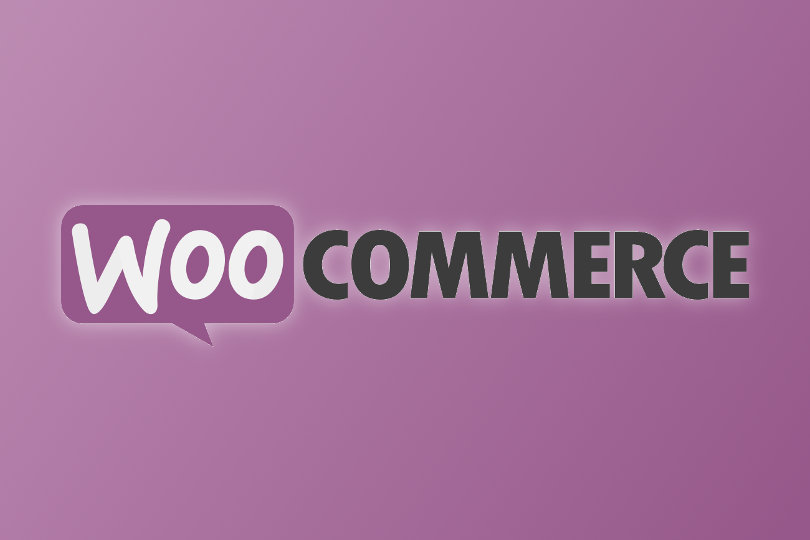If you’ve decided to start an eCommerce business or pivot your brick-and-mortar store online, there’s never been a better time to make this jump.
It is important to know that the process of selling digitally comes with a steep learning curve. The ability to offer your products globally during our new normal is paramount. If you take the time to build out your brand now, you will be rewarded with long-term success.

How to Choose the Right eCommerce Framework
The most important decision you’ll make when starting on this journey is determining how you’ll construct and host your website. There are many options and selecting the right one from the start can make a difference in the difficulty level of running your business. To make the process easier we’ve listed the pros and cons of the top three eCommerce platforms.
1. Shopify

To begin, let’s talk about Shopify. This extremely robust eCommerce framework is ideal for online stores of any size. There are over 1,200 different apps you can add to customize your store and they have an incredibly dedicated support team to assist you if you get stuck along the way. They also host your store on their servers, which eliminates the need to have your version of hosting.
The downside? Shopify charges a monthly fee for use and individual transaction fees, which can add up if your site is doing well with conversions. There are also monthly costs for using some of the most popular apps and features. In the end, this may not be the option for those who are just starting with a tight budget.
However, Shopify is still the best platform choice for running an eCommerce store. There’s a reason why it is one of the most commonly used options and it is wise to look into using it for your brand’s needs.
2. WooCommerce

Another eCommerce platform option is WooCommerce. Slightly different than most options, WooCommerce is a WordPress plugin that you can add to an existing self-hosted website. If you’re already familiar with web design and coding, this is a great way to have a personalized online store up and running in a relatively short period of time.
The biggest benefit to using WooCommerce is that it is completely customizable. This means that you can change menus, color schemes, page layouts, and more to suit your requirements. If you have the time and a graphic designer on staff, this can be a great way to create a website that stands out among your competition.
The disadvantage is that it can be incredibly cumbersome to try to install yourself, which might require the help of a knowledgeable agency that has experience with eCommerce user experience strategy. In turn, this means that your startup costs will likely be a bit higher.
WooCommerce is a wonderful eCommerce platform option but be prepared to spend time and resources customizing it to your liking if you aren’t familiar with HTML coding.
3. Magento

Magento is an open-source platform that is also fully customizable. It is and can easily handle up to five hundred thousand products. However, you’ll want to have a trusted retail marketing agency on standby to help make certain it is set up appropriately.
The biggest flaw to Magento is the price. While the starter version with limited features is free, the enterprise plan costs over fifteen thousand dollars which is way more than most smaller eCommerce brands can afford. You’ll also have to have your own dedicated server which is an additional fee.
In short, if you have a large enterprise with a roomy budget, Magento might be the best eCommerce platform for your brand.

Other Options to Consider
Of course, these aren’t the only options you have available when starting your eCommerce business. There are a few more, including BigCommerce, WixStores, and Volusion. Each has its benefits, but unless you’re a major brand with a large inventory of products, it is best to stick with the three platforms above. You also have the choice to work with an eCommerce agency for a custom, built from scratch website design.
Choosing the right platform for your eCommerce store is important and by weighing the pros and cons of the three options listed here, finding the right one for your needs just became possible.







